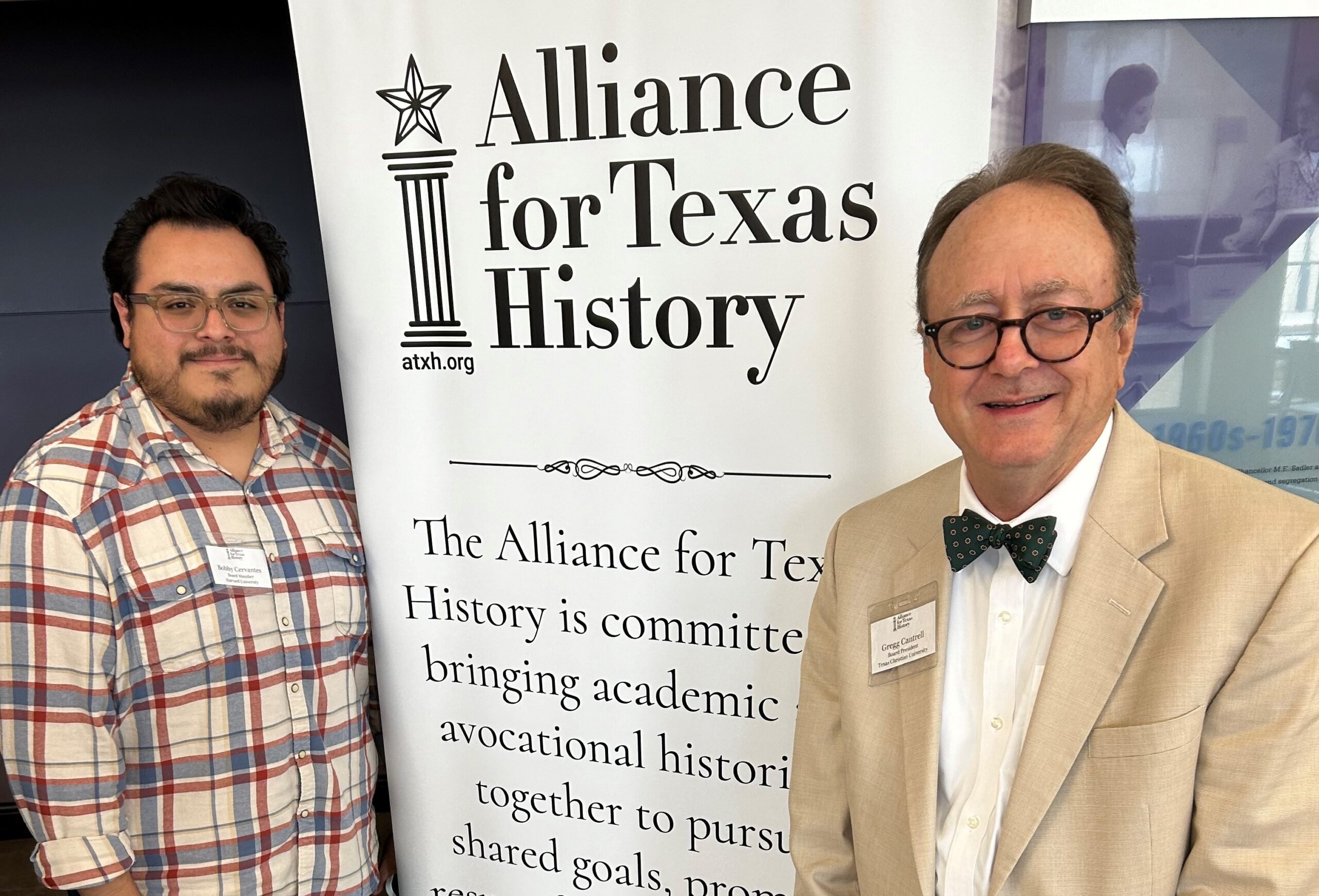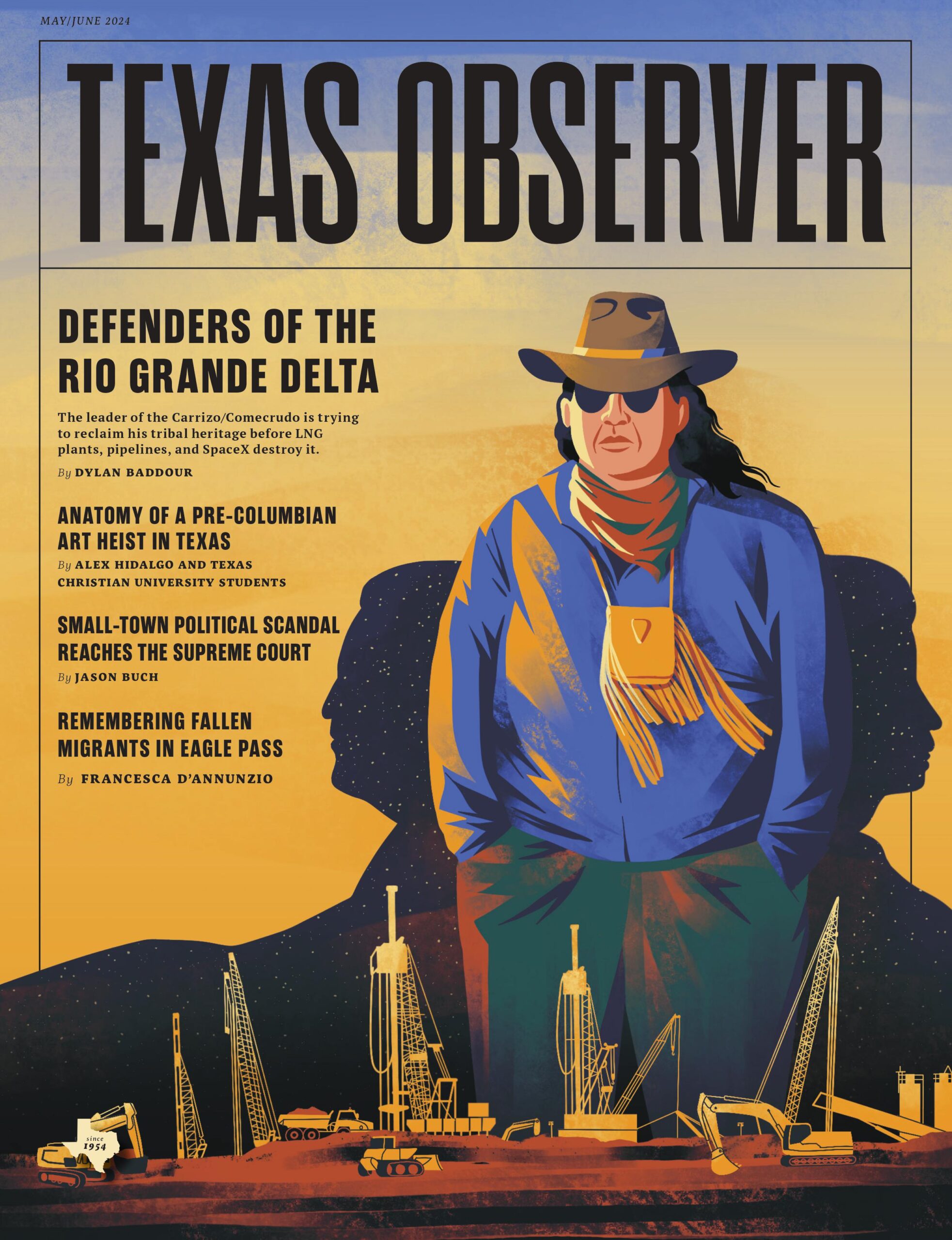ustxtxb_obs_1973_06_29_50_00007-00000_000.pdf
Page 8
A river underground The Edwards underground aquifer is a formation of limestone full of holes and channels transmitting water. It is about 500 feet deep and underlies an arc-shaped 200-mile-long band of land from Brackettville east through Uvalde and Hondo to San Antonio and northwest to San Marcos and Kyle. In width it varies from 5 to 25 miles. The water generally moves eastward through it toward San Antonio and then northeast toward Kyle. Every year more than 500,000 acre-feet of new water enters the formation, primarily from streams as they cross the so-called “outcrop region,” which is therefore the sensitive area for the pollution of the aquifer. About 300,000 acre-feet of water are taken out every year, mostly by pumping, for human uses, and another 350,000 come to the surface through springs such as the regionally famous ones at New Braunfels and San Marcos. Around Kyle some obstruction system in the formation prevents the water from proceeding onward toward Austin. The springs that come forth at Austin’s Barton Springs, for instance, are part of a different aquifer system. Arthur Moczygemba, a reporter for the San Antonio Light who has reported matters concerning the aquifer for many years, says that attempts to trace the flows of the water in the aquifer with dyes have not succeeded so far. “The Edwards might already be polluted and we just don’t know it, because the water hasn’t reached a well yet,” he said. “We might not know it for 20 to 50 years.” problem, but he and his associates do not think it will be necessary to seal up the channels of the streams. He was an embattled witness, but he defended his position alertly and consistently. HUD hired its own consultant, hydrologist Henry Beck of Kansas City University, who testified that he had reviewed Turk’s studies, the developers had done “adequate investigation” and HUD was “justified” in backing the project. Defending the role of the Texas Water Quality Board, Asst. Atty. Gen. Lynn Taylor said the board three years ago promulgated an order regulating septic tanks on and near the recharge zone. The order, he said, “hasn’t worked as well as we’d have liked, but it has been a meaningful and important beginning, and the Edwards aquifer is not polluted. It is still a pure body of good water.” The board, Taylor said, was in the process of revising its order, would probably incorporate most of the safeguards planned for the ranch new town, and “is squarely answerable to the people” for the protection of the aquifer. The adverse report predicting pollution of the aquifer by the ranch new town from TWQB chief geologist Bob Hill was read into the trial record by Hardberger. Turk responded in brief that his studies had showed that the problems that concerned Hill could be handled adequately. Turk conceded he had not consulted with Hill, but, Turk said, “we’ve had many consultations with the higher levels of the Texas Water Quality Board.”* In Austin, State Atty. Gen. John Hill and Taylor confirmed that Hardberger’s account to the Observer of the large meeting involving them, Hardberger, Keith Burris, Yantis and others had occurred substantially as Hardberger recalled it. During this meeting, Hill made the decision that the state’s role as a defendant would be limited to the question of the TWQB’s jurisdiction over the aquifer. However, Hill, Taylor and a spokeswoman for Yantis all said that the conversation related by Hardberger from what he said was a reliable source between John Hill and Yantis, in which they had allagedly wrangled over the attorney general wanting to talk to Yantis’ geologist Bob Hill, did not happen. Taylor speculated that possibly someone had misconstrued some remarks somebody might have made. Hardberger asked HUD’s spokesman in the trial, Anthony P. DeVito, if HUD was aware that the Texas Water Quality Board had never had one of its own geologists on the San Antonio Ranch. No, they had not * The first installment on new towns in San Antonio was in error stating that Hugh Yantis, executive director of the Texas Water Quality Board, received his reivew of the proposed new town on the site of San Antonio Ranch. The report was based on correspondence in the trial file which was open to this misreading because of the syntax. The briefing in question, on Dec. 21, 1970, occurred in Austin. known that, the HUD man replied, but HUD believed the TWQB “will not . . . stop development” over the aquifer by prohibiting septic tanks and that the ranch would be “a model for controlled growth for the protection of the aquifer” that would cause further land use controls in the area. Hardberger asked him, if he didn’t believe the state would enforce the regulations they have against septic tanks, why did he believe they would enforce their regulations on the sewer system? DeVito said he hadn’t meant that about the board, but repeated that “there will be septic tanks on the recharge area.” He also said, as to the sewer pipes, that “in accordance with the specifications, leaky pipes are not contemplated.” As Hardberger zoomed in on this answer, Judge Spears intervened to calm things. He elicited from DeVito that if the developers did not live up to HUD’s requirements, HUD could correct it, and in the event of the failure of such efforts, “We would take over. Absolutely. On performance default.” PLANNERS CONCERNED for the poor in poverty-ridden San Antonio are upset over the ten-year growth trend to the northwest. They bitterly remember the locating of the UT medical school out that way about a decade ago, far from the city’s poor and from the Robert B. Green public hospital that is located in their midst. To get to the Bexar County Hospital, the teaching hospital for the school, poor people in the west and east of the city have to bus downtown and transfer northward; poor people in “Villa Coronado” on the south have to cross the city to the northwest. Cyndy McSwain points out that in bad weather many streets on the east side, where most of the area’s blacks live, are not fit for use. The location of UTSA in the northwest compounds this trend. The planning issue was stated without frills by Burris, the lawyer in the trial for Bexar County. “The south side of San Antonio is dying, the north side,” he said, “is thriving. . . . The city is moving out north. Why not, as the statute requires, reverse the existing trends of migration?” In the light of the need to protect the aquifer to the north, the city’s planner, Ed Davis, regards the public investment in highways and utilities southward as a compelling reason for locating the new town south, not north. Mayor Charles Becker says Davis “has to go” because he is an obstructionist. What Davis is obstructing is official enhancement of the city’s development northward onto the aquifer. Since the first of the year he has been cut back from city planning director to “assistant community development officer.” The city planning commission now works out of city hall, leaving Davis’ operation in the La Villita area a pleasant place, but out of it. Doing his first regional planning for the area when he was with the Alamo Area Council of Governments in 1968 and ’69, Davis said he and his staff made plans for new satellite towns in a band of existing 25 to 40 miles below San Antonio. They did not extend their band around into a circle over the north of the city because, after consulting with water quality and soil specialists, “we pretty much all agreed that if we went into any new town development, that it should not be in the northern part” so they could preserve stream beds, open spaces and the aquifer recharge zone. The Honts group advanced into the area with their new town plan for the ranch, 16 or 17 miles from downtown by expressway, and late in 1971, asked as city June 29, 1973 7


